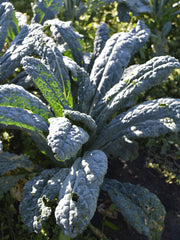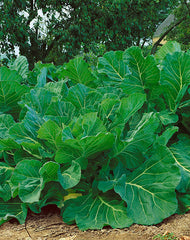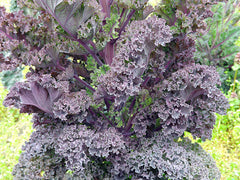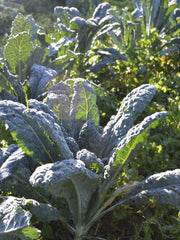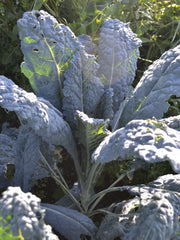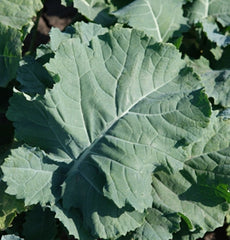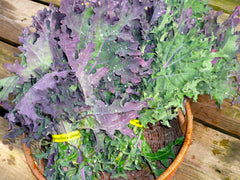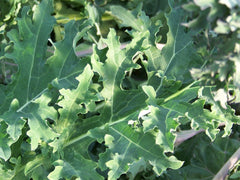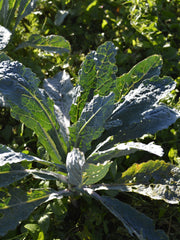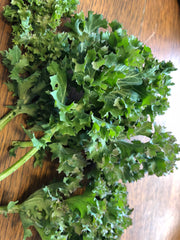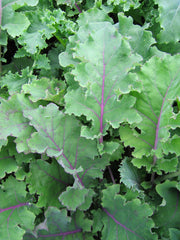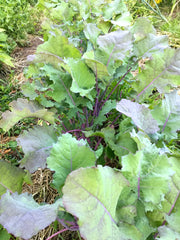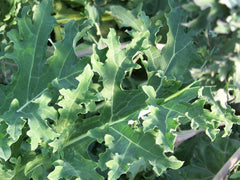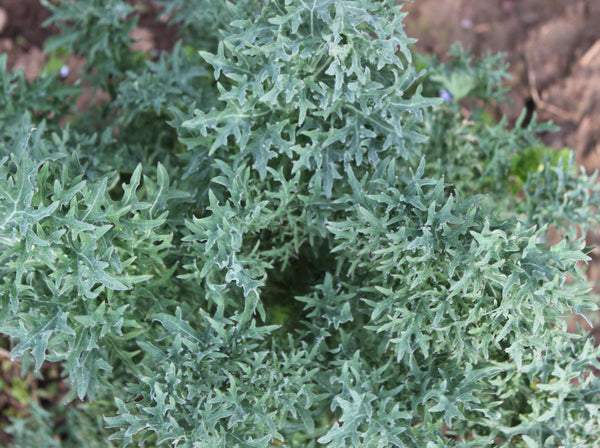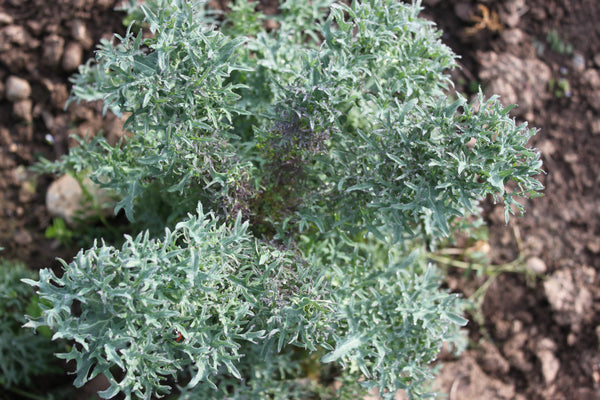Siber-Frill
Brassica napus pabularia
HOW TO GROW SIBERIAN KALE
Start indoors 4-6 weeks before last frost, plant out 4 weeks before frost. For fall harvest, transplant 13 weeks before first frost, without additional protection. In a hoophouse, you can plant 2-3 weeks later. Plants are hardy when small but may not feed you until spring. Direct sow anytime after last frost up to 6 weeks before first frost. For seed production, plant in late summer in the Pacific Northwest and coastal British Columbia for a more cold hardy plant. Becomes sweeter with frost and edible to about 22–25˚F. Survival at low temps 10˚F or cooler requires good mulch or snow cover to protect from wind freeze. Will cross with rutabagas. Row covers reduce cabbage worms and extend winter harvest. Soil pH 6.1-6.5. Hardiness zones 3-9. Biennial.
Days from maturity calculated from the date of seeding. Average 9,000 seeds per ounce. Average 112M seeds per acre. Federal germination standard: 75%. Usual seed life: 5 years. Isolation distance for seed saving: 1 mile.
Planting Depth 1/4-1/2”
Soil Temp. Germ. 55-75˚F
Days to Germ. 5-15
Plant Spacing 12-18”
Row Spacing 18-30”
Days To Maturity 60–70
Full Sun, Moist Well Drained
Days from maturity calculated from the date of seeding. Average 9,000 seeds per ounce. Average 112M seeds per acre. Federal germination standard: 75%. Usual seed life: 5 years. Isolation distance for seed saving: 1 mile.
Planting Depth 1/4-1/2”
Soil Temp. Germ. 55-75˚F
Days to Germ. 5-15
Plant Spacing 12-18”
Row Spacing 18-30”
Days To Maturity 60–70
Full Sun, Moist Well Drained
Siber-Frill Seed Count
1 Ounce ≈ 7,088 seeds
.25 Pound ≈ 28,350 seeds
- 200 Seeds$4.10
- 2000 Seeds$12.50
- 1 Ounce$28.00
Vigorous and sweet, this kale produces over a long season. Mild-flavored leaves become frilly as the plant matures, making it easy to cut even mature leaves for salads. Tender and tasty raw or cooked. Foliage stands well into the winter. Siber Frill was selected at Lupine Knoll Farm for the frilled leaves, from a mi...
Vigorous and sweet, this kale produces over a long season. Mild-flavored leaves become frilly as the plant matures, making it easy to cut even mature leaves for salads. Tender and tasty raw or cooked. Foliage stands well into the winter. Siber Frill was selected at Lupine Knoll Farm for the frilled leaves, from a mix of B. napus kale varieties provided by Tim Peters, Peters Seed and Research, in 2000-2002.This is Open Source Pledged Seed (OSSI). By purchasing this seed you are a part of the Free The Seed movement. “You have the freedom to use these OSSI-Pledged seeds in any way you choose. In return, you pledge not to restrict others’ use of these seeds or their derivatives by patents or other means, and to include this pledge with any transfer of these seeds or their derivatives.” To learn more, visit: www.osseeds.org/about/. Tags: Type: Siberian, Color: Green, Heritage: Heritage: New Variety, Heritage: Open Source OSSI, Season: Spring Fall Winter, Certification: Organic.
Learn More
Meet Your Farmer
We promote fair trade, organic practices and environmental responsibility throughout the Restoration Seeds supply chain. Below are the family farmers and seed suppliers who bring our open pollinated seeds to you.
Lupine Knoll Farm
Certified Organic by Oregon Tilth
Seed grower since 2001
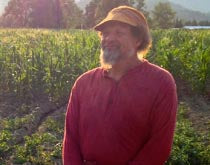

At Lupine Knoll Farm, Jonathan and Jessie Spero breed and sell both old and new open pollinated vegetable seeds. New introductions from Lupine Knoll include Top Hat sweet corn, Solstice broccoli, Emerald Fan lettuce and Siber-frill kale. Located in the Applegate valley of Southwest Oregon. Lupine Knoll has been certified organic since 2001.
Reviews
